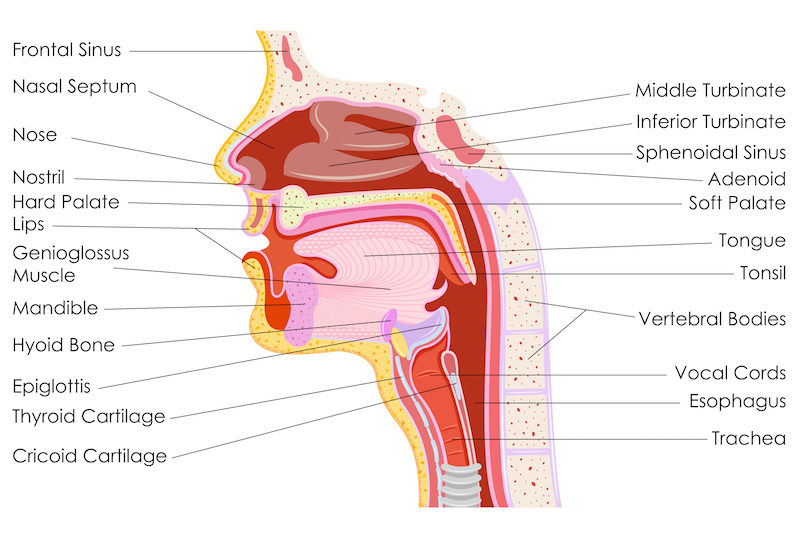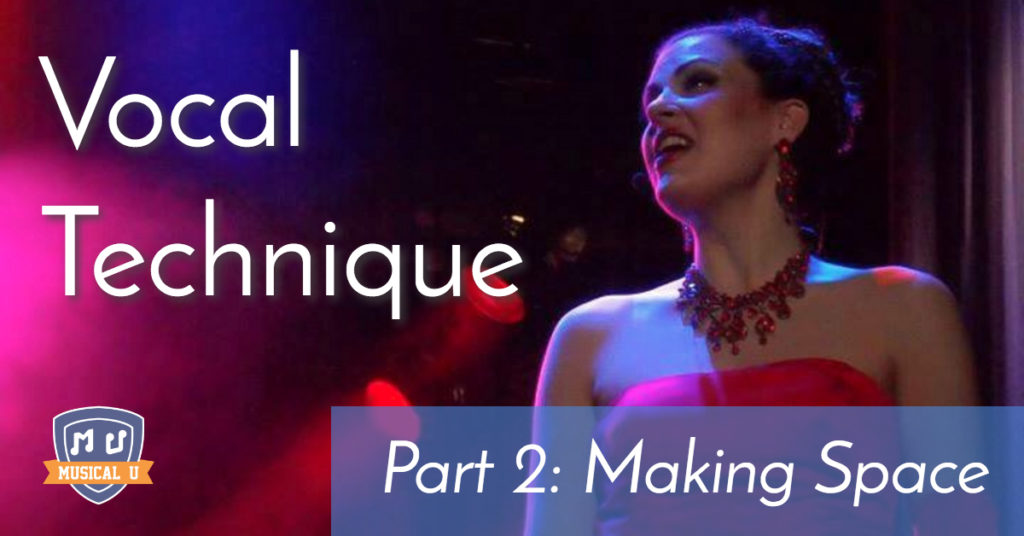In the first part of my three-part series on vocal technique, I shared the three skills that form the basis for correct singing. As I mentioned, the foundation for healthy singing is straightforward, if you don’t overthink it and let your voice do what it’s inclined to do naturally.
Yet, it can take opera singers upwards of ten to fifteen years to fully train the voice. Why then, does it take so long to learn proper vocal technique, when the foundation of singing really is that easy?
There are many physical and psychological reasons why it takes a long time to learn to sing well. For many singers, especially those with bigger instruments, the voice is not truly developed until their mid-30’s. It simply takes time for the voice to “settle” and the technique to become second nature. Another part of the problem is that sometimes we are our own worst enemies and mentally get in the way of something which truly is uncomplicated. Even if we overcome our psychological limitations, there is one part of the body that causes singing tension and needs additional training – your tongue.
Lowering the Tongue
Your tongue is great for things like talking to friends and eating ice cream, but for singing – not so much.
Have you ever seen a tongue at the local butcher? Notice how big and tough it is?
Your tongue is a remarkably strong muscle that extends well beyond what you see in the mirror or occasionally stick out at people. It continues well down into your throat and tends to block your sound.

You have to learn to get that big, clunky muscle out of the way of your voice. The tongue needs to be trained to lay flat in the back of your mouth and come forward in the throat. This takes some time and daily exercises with a mirror. Think of when you go to the doctor and they stick a tongue depressor in your mouth and tell you to say “Ah!”. You want to get your tongue to do just that on its own.
Place your thumb and index finger on your throat, as if you were feeling your glands when you’re sick. You should feel the base of your tongue. Open your mouth and gently yet strongly pull the tongue down in the back and forward in the throat. It feels like a very slight gag. With time and regular repetition, you will be able to condition the tongue to move down and forward with little effort or tension.
Not the “Melocchi” Method
There is more than one school of thought on the subject of tongue-lowering as the tongue is closely related in the body to the larynx, which is the muscle that holds your vocal chords. When you press the tongue down and forward, you are inadvertently also pushing your larynx down via the epiglottis, which may cause eventual vocal damage if not done correctly.
The idea of the lowering of the tongue should not be confused with what is known as “The Melocchi Method”. Arturo di Giuseppe Melocchi (1879 -1960) was an Italian baritone and voice teacher and is best known for creating a singing method which depressed the tongue and larynx fully down. This method destroyed many a singer. The only singer who survived Melocchi’s method was Italian dramatic tenor Mario Del Monaco, who probably had steel vocal chords, anyway.
The great Italian tenor Franco Corelli was my teacher’s teacher in the Traditional Italian Method of Singing. Although Corelli did seek out Melocchi for training, he modified the method. Instead of using force, in Corelli’s method the larynx is gently and moderately pushed down, remaining buoyant and agile.
Another place the tongue gets in the way is with consonants such as “l”. Voice the letter “l” and note what happens to your tongue. It feels quite tense, right? When you must sing an “l” consonant, gently touch the back of your front teeth with the tip of the tongue and it will sound without causing tension. The same is true for the “explosive consonants” (“d”, “t”, etc).
Corelli was a master at making space for the voice which is evident at [3:16]. Notice how during the final high note of the Neapolitan song Core ‘ngrato his tongue is completely pressed flat (and no doubt forward!) in his throat:
Vowel Formation
Contrary to popular belief, the vowels for singing are not entirely formed with the lips. They are formed by creating space inside the back of the mouth. There ought to be very little movement in your jaw and lips when you move from one word to the next. This concept will also help you to sing legato, which I will discuss in the next installment.
To form vowels properly, put a pencil in between your teeth (a finger suffices) and say “a-e-i-o-u” (“ah aye ee oh uu”) without changing or moving your lips. (It’s okay to move the lips a bit to make the “u” vowel, but only a little until you really learn to feel where that space is.) Feel how hard your tongue and the soft palate are working to make space for the vowels. Ideally, you should feel one vowel move seamlessly into the space of the next.
You might find the “a” “o” and “e” vowels brighter than to what you are accustomed and the “i” and “u” vowels with a narrower focus. It will take some time to find the correct space for each vowel, especially if you’re a native English speaker and are accustomed to speaking in the throat, as we do in Wisconsin. “A” is a perfect vowel for vocalization as the space it creates is bright and open. The “a” vowel space should almost feel like a light yawn on which it is ideal to sing.
This feeling of openness you experience by creating vowels inside your mouth and throat is a very important part of singing. Once you’ve found the space for each vowel and move the tongue down and forward in your throat, you have created the necessary space for the voice to truly come out. As you sing, the space does not change. Just as with the diaphragm, (see Vocal Technique Part 1) you will strive to maintain this space and not allow it to collapse during a phrase.
A stunning example of vowel formation comes from Italian mezzo-soprano Giulietta Simionato singing the aria “Voi lo sapete” from Cavalleria Rusticana (Pietro Mascagni, 1890). Notice how when she pronounces the name “Turiddu” [0:44] she barely changes the space even though it has three distinct vowels. Also notice how when she pronounces the name “Lola”, the tip of her tongue is forward [0:55]. There are so many great examples of vowel and consonant formation here that it pays to watch the whole video.
Setting-up for Singing
Everything I’ve explained up until this point has been intended to prepare the vocal “apparatus” for singing. Actually, you haven’t made a peep yet – you’ve just been getting ready to start the sound. It may seem that the setup of singing takes a lot of attention and time but, without it, you cannot truly control your voice. Once you know how to keep everything in its proper space, the actual act of singing should be free and flowing.
To prepare the voice for singing, you must do the following in one easy motion:
- Take a deep, gentle breath long before you are required to start a phrase
- Create space in the mouth by way of vowel formation, preferably an “a” vowel
- Feel the diaphragm “engage”
- Begin the flow of air and sound
The tricky part for me was learning how to execute the above parts simultaneously, especially feeling the moment when the diaphragm engages, ready to start the flow of air. Getting the hang of this is something that will take time, patience and practice and perhaps even observation from someone who truly understands singing.
Assuming that you’ve taken my advice to heart and have properly prepared your instrument, you are finally ready to put everything together and start singing!
In the last part of this series, I will explain how to create the ultimate goal of singing – an unbroken line of sound, or “legato”. In addition, I will discuss some of the Italian concepts of singing based on a solid vocal foundation such as “squillo”, “chiaroscuro”, “fila della voice” and more, which can be applied to all styles of singing. Plus, I will tell you how to keep your voice healthy throughout your lifetime and why some singers lose their voices.







